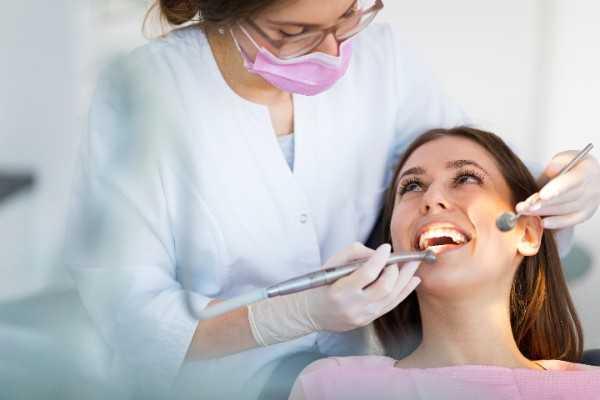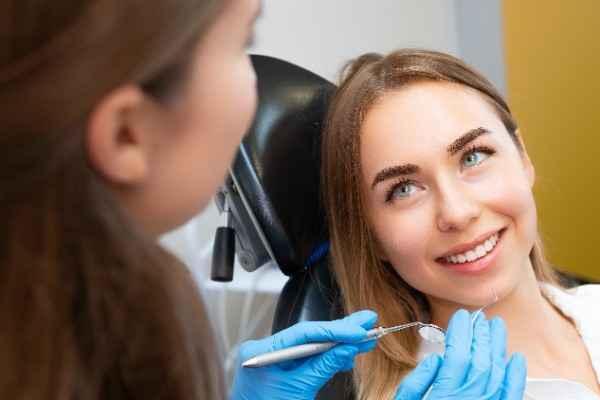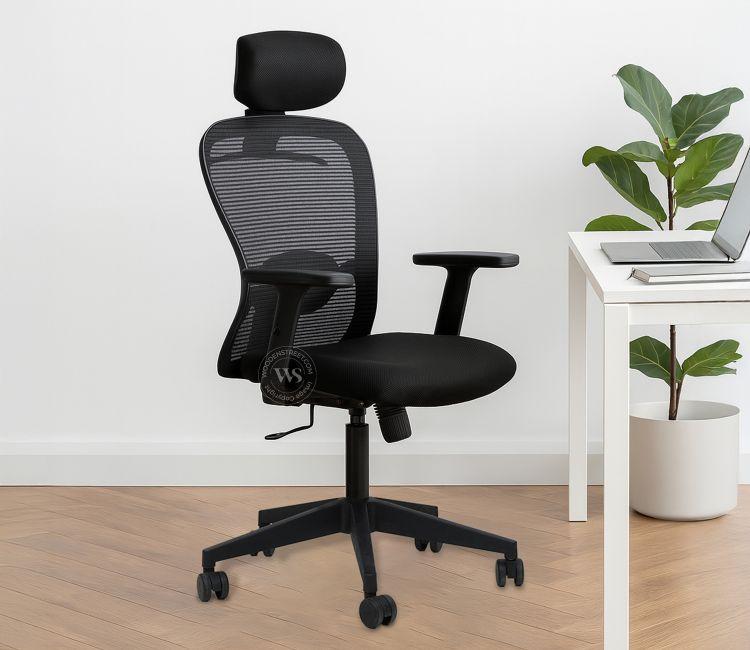Replacing Damaged Teeth in a Dental Emergency in Crawley

A broken, knocked-out, or severely damaged tooth can stop you in your tracks—physically and emotionally. When an emergency affects your ability to eat, speak, or smile confidently, fast action is key. But beyond the immediate fix, one critical step often gets overlooked: replacing the damaged tooth the right way.
In Crawley, quick support from an emergency dentist ensures you get immediate relief. But pairing that with follow-up care and guidance from a trusted hygienist in Crawley ensures your long-term oral health remains intact.
When Tooth Damage Is an Emergency
Not every chipped tooth is urgent, but certain situations demand prompt dental intervention. Left untreated, they can lead to infection, severe discomfort, or permanent damage to surrounding teeth.
Common emergencies that involve tooth replacement:
- A tooth knocked out completely (avulsion)
- Fracture below the gum line
- Severe decay or damage making the tooth non-restorable
- Failed crowns or large fillings that expose the nerve
- Infection or abscess requiring extraction
- Major trauma during sports, falls, or accidents
If you're unsure, it's best to consult an emergency dentist in Crawley—fast evaluation saves more than just your smile.

First Aid Before You Reach the Dentist
If a tooth has been damaged or lost, what you do in the first 30–60 minutes matters a lot. Proper care before treatment improves the chances of successful repair or replacement.
|
Situation |
What to Do Immediately |
|
Tooth knocked out |
Keep it moist (milk or inside the cheek), handle by crown |
|
Fractured tooth |
Rinse mouth with warm water, apply cold compress outside |
|
Bleeding from socket |
Apply clean gauze and gentle pressure |
|
Pain with no visible issue |
Rinse, avoid chewing, take over-the-counter pain relief |
Never scrub a knocked-out tooth or let it dry out—this can damage the root and reduce the chances of reattachment.
Emergency Replacement Options
Depending on the condition of the damaged tooth and surrounding structures, your dentist will recommend the most suitable replacement solution. Some may be temporary, while others offer permanent restoration.
Tooth replacement solutions offered in emergency care:
- Temporary crowns or bridges to restore appearance and function
- Composite bonding to reshape chipped front teeth
- Dental implants if the root is damaged beyond repair
- Partial dentures for short-term use while healing
- Resin-retained bridges for front teeth with minimal damage
- Same-day extractions followed by a recovery and implant plan
An experienced emergency dentist in Crawley will not only stop your discomfort, but also begin planning the right restoration strategy on the spot.
Why You Shouldn’t Delay Replacement
Leaving a gap in your smile—even at the back—may seem harmless. But over time, this can cause more complications than you’d expect.
Risks of not replacing a damaged or lost tooth:
- Neighbouring teeth can shift or tilt
- Bone loss begins in the empty socket
- Changes in bite and facial structure
- Increased risk of decay in adjacent teeth
- Speech and chewing difficulties
- Loss of confidence when smiling or speaking
That’s why tooth replacement is just as important as the emergency repair itself.
Long-Term Planning with Your Hygienist
Once the initial emergency is managed, regular follow-up is essential. A hygienist in Crawley helps maintain oral health, protects the replacement, and reduces the risk of future problems.
What hygienists offer during recovery:
- Gentle cleaning around healing areas
- Advice on brushing near bridges, implants, or dentures
- Monitoring for inflammation, bone loss, or shifting teeth
- Tips on tools like water flossers or interdental brushes
- Professional polishing to maintain overall cleanliness
- Support in re-establishing a strong hygiene routine
This ensures your new restoration not only looks good, but lasts for years to come.
Understanding the Healing Timeline
Replacing a damaged tooth is often a staged process—especially when implants are involved. Your dentist will explain the phases clearly so you know what to expect.
|
Stage |
Timeframe |
Purpose |
|
Emergency stabilisation |
Same day |
Pain relief, temporary repair |
|
Extraction (if needed) |
Within 1–2 days |
Remove non-restorable tooth |
|
Healing period |
6–12 weeks (varies) |
Allow gum and bone to recover |
|
Permanent restoration |
After full healing |
Fit implant, bridge, or final crown |
During this time, your hygienist in Crawley plays a vital role in helping you manage oral health through each stage.
What to Do if the Same Tooth Breaks Again
If a repaired or replaced tooth breaks again—especially within the first few weeks—contact your dentist immediately. Avoid hard foods and pressure on that area until reassessed.
Common causes of repeat damage:
- Grinding or clenching teeth
- Eating hard/crunchy foods too soon
- Trauma from sports or falls
- Poor alignment causing uneven force
- Delaying the permanent restoration phase
Preventive advice, bite adjustments, and protective guards can be arranged to prevent recurrence.
Preventing Damage Before It Happens
While emergencies can’t always be predicted, many are preventable with a few smart habits and regular attention. Keeping your teeth strong now helps you avoid painful surprises later.
Simple ways to reduce the risk of dental damage:
- Wear a mouthguard during sports or high-impact activities
- Avoid chewing hard items like ice, pens, or popcorn kernels
- Don’t use your teeth as tools to open packaging or bottles
- Address grinding/clenching with a custom night guard
- Get minor chips repaired early to prevent deeper cracks
- Attend regular check-ups so weak spots are caught in time
Your hygienist in Crawley can help identify risk factors and suggest protective solutions tailored to your lifestyle.
Supporting the Rest of Your Mouth After a Dental Emergency
When one tooth suffers damage, the surrounding teeth and gums are often affected too. Replacing the tooth is step one—but ensuring the rest of your mouth remains stable is just as important.

Key areas to monitor after an emergency:
- Gums near the damaged site (check for swelling, recession, or bleeding)
- Teeth on either side (which may shift if there's a gap)
- Bite alignment (ensure it doesn’t change after replacement)
- Oral hygiene habits (especially around temporary restorations)
- Signs of infection or discomfort during healing
With guidance from both your emergency dentist in Crawley and your hygienist in Crawley, you’ll keep your whole smile in balance—not just the tooth that was treated.
Conclusion
Replacing a damaged tooth in a dental emergency isn’t just about the short-term fix. It’s about restoring strength, appearance, and confidence—without delay. With support from an emergency dentist in Crawley, you can get the immediate care you need. And with a tailored hygiene plan from a hygienist in Crawley, you’ll maintain a smile that lasts. EDA Group is committed to helping patients through urgent treatment and long-term recovery, offering smart solutions that protect your health and confidence—at every step.







